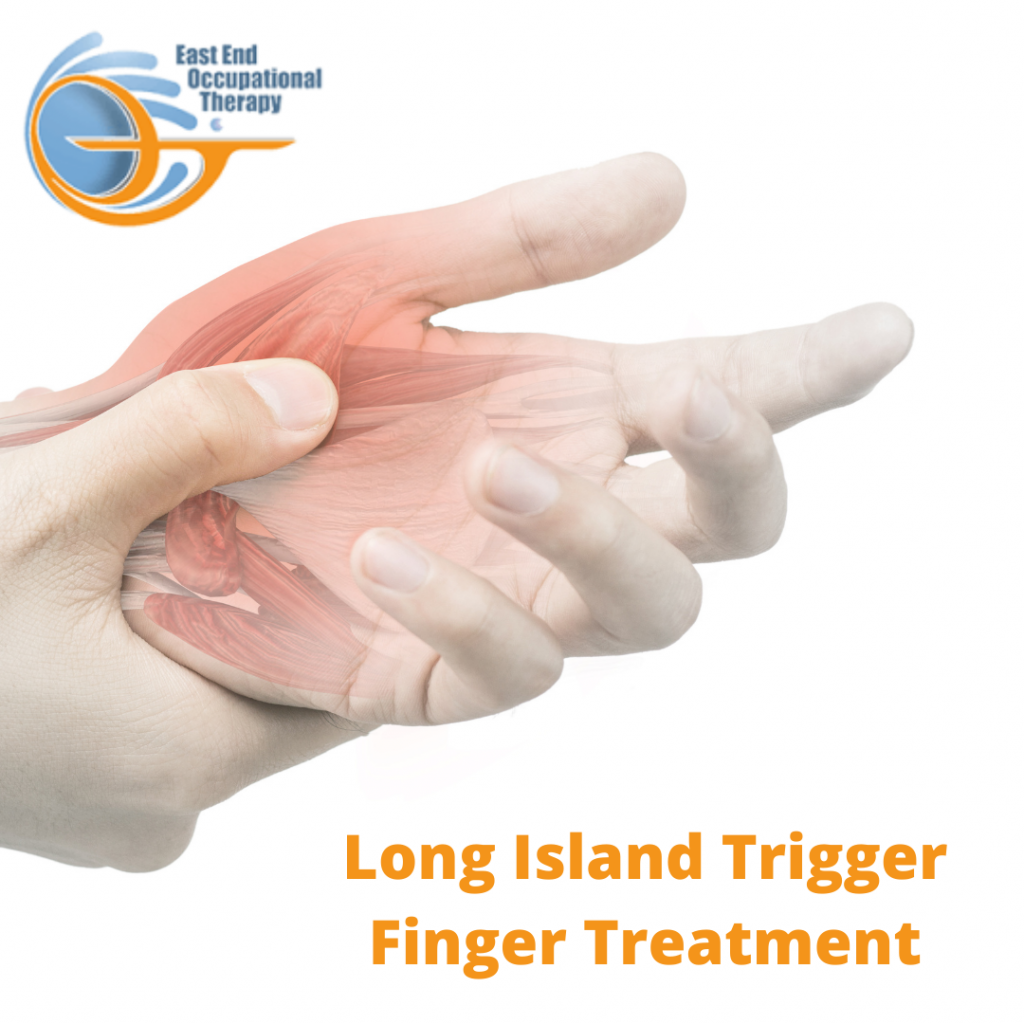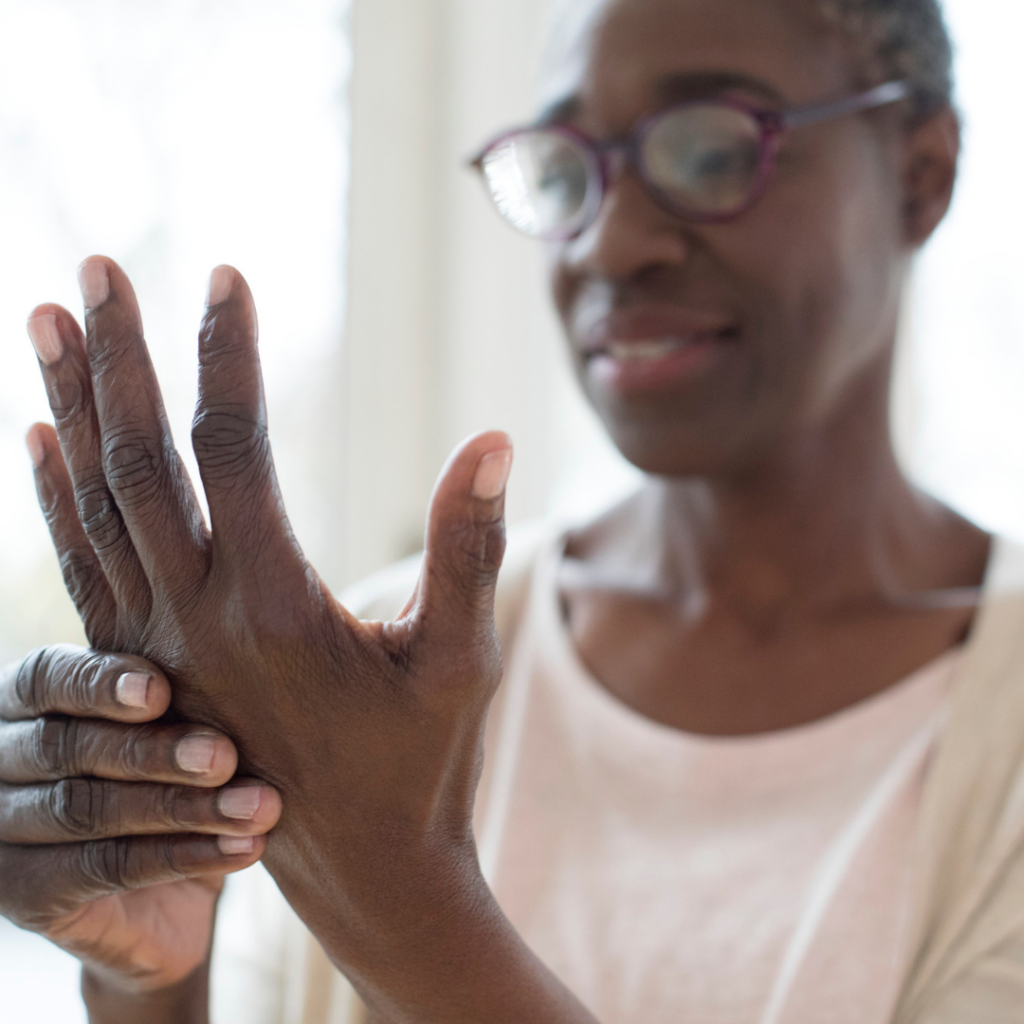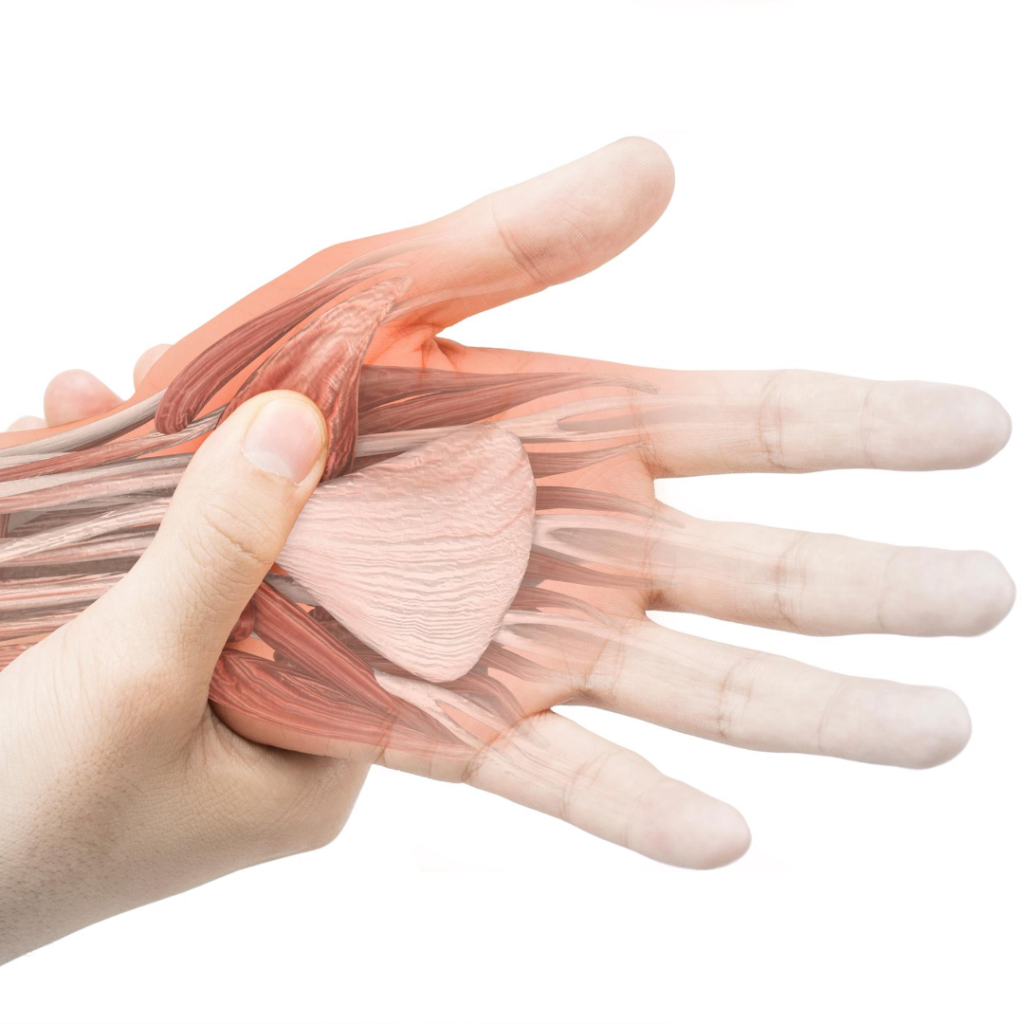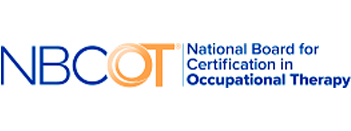Long Island Trigger Finger Treatment
East End Occupational Therapy is a specialized hand and upper extremity rehabilitation practice that has been dedicated to providing a complete and comprehensive range of occupational therapy services to its patients. The team at East End Occupational Therapy strives to deliver the best evidence based care possible through our client centered approach.
Not only is our practice in direct contact with your physician from the initial examination through your discharge, we also work closely with your surgeon to develop an optimal plan of care with the goal of restoring your functional independence. Most of us rely on our hands routinely and it is not until we suffer an injury that we recognize the importance of our hand function when performing daily living skills. Contact our offices for Long Island trigger finger treatment.

Our Mission
The mission of East End Occupational Therapy is to provide our patients with compassionate and skilled therapy of the hand, wrist, forearm, elbow and shoulder as we tailor individualized treatment plans to help improve quality of life.
Long Island Trigger Finger Treatment
Trigger finger, also known as stenosing tenosynovitis, is a condition that affects the mobility of your finger. Mainly affecting the first two fingers, this condition causes your fingers to bend and straighten with a snap, pop, or click. In more severe cases, the finger becomes locked in a bent position. This condition can affect your functionality with the affected finger and hand, and in some cases, can even get infected. If you are suffering from trigger finger, and are looking for Long Island trigger finger treatment, reach out to us at East End Occupational Therapy and make an appointment today.
Symptoms of Trigger Finger

The symptoms of trigger finger are distinct and can range from mild to severe. Symptoms can include:
- Stiff fingers, being more noticeable in the morning
- Clicking and popping while moving the affected finger
- A tender bump at the bottom of the finger
- Finger becoming locked in bent positions
In addition to these symptoms, you may experience pain with the affected finger, while either moving the finger or when it gets locked. Your finger may also get inflamed and get swollen, red, and hot. These are signs of affection and should be seen by a doctor immediately. If you have fingers affected by these symptoms and are looking for Long Island trigger finger treatment to help you, contact us at East End Occupational Therapy and see how we can help you.
Causes of Trigger Finger
In your hand, there are various tendons attaching your muscles to the bone. These tendons have “sheaths” around them. Trigger finger occurs when a tendon and the “sheath” in the finger, the A1 pulley typically gets inflames or thickened, making it harder for your flexor tendons to bend. It is this inflammation that causes your finger to make the popping or clicking and can cause it to get stuck. This irritation can lead to scarring, more thickening, and the formation of the bumps. Some risk factors that can increase the chances of developing trigger finger include repeated gripping, carpal tunnel syndrome surgery, diabetes, or rheumatoid arthritis.
Treatment for Trigger Finger
Treatments for trigger fingers can be surgical or non-surgical, typically starting the later first. Non-surgical treatments include:
- Rest- avoiding activities that flare symptoms may help minor cases recover
- Splinting- splinting the finger, especially at night, can help
- Medications- anti-inflammatory drugs and relieve the pain and inflammation that causes the symptoms
- Physical Therapy- using the right techniques can reduce stiffness and improve functionality in the affected finger.
Additionally, Trigger Finger Release Surgery can be used to release the A1 pulley, causing difficulties moving the affected finger and restore function. Post-surgery care also involves physical therapy to aid with healing and restoring functionality and mobility to the finger. If you are in need of Long Island trigger finger treatment, reach out to us at East End Occupational Therapy and see how our team of hand therapists can help you today!
Other Hand Injuries We Treat
Dislocation of The PIP Joint
Since we use our hands constantly, injuries to the finger joints are very common. The proximal interphalangeal joints (PIP) are the middle joints of the finger. PIP joint dislocations can occur when trauma forces the bones in the middle knuckle of the finger out of place. This is often very painful and usually results in a bruised and swollen joint that barely moves, or is completely immobile. If you find yourself with a dislocated PIP joint, East End Occupational Therapy specializes in hand therapy and rehabilitation for injuries. Contact us today for Long Island trigger finger treatment.
Causes and Diagnosis
The most common cause for PIP joint dislocation is direct injury to the hand. The injury can happen during a fall, or while playing high impact sports. If you suspect that you have dislocated the joint, apply ice immediately, and seek medical attention as soon as possible. A hand specialist at East End Occupational Therapy will carefully examine the area by checking for pain, swelling, and mobility. An X-ray is also recommended to look for fractures. Symptoms of a dislocated PIP joint include:

- Pain in the joint
- Bruising and swelling
- Loss of joint function
- The joint appears disfigured
Treatment
When you dislocate the joint, there are nonsurgical treatment options available. Nonsurgical treatments include:
- Anti-inflammatory and pain-relieving medicine
- Splint
- Icing the afflicted area
- Bone realignment
The dislocation should be set into position immediately after the injury, either at the emergency room or urgent care facility. Immediate examination following the injury is crucial to the healing process. While PIP dislocation can cause a lot of discomfort, surgical intervention is rarely required as long as the joint is properly stabilized. If you did fracture the PIP joint and it remains unstable, you may require some form of surgery. There are minimally invasive options, such as pins placed through the skin, or more invasive options such as setting the fracture with screws. After surgery, you will need to be in a cast or splint for a few weeks for the injury to properly heal. You may also require physical therapy to regain proper function.
Physical Therapy
The most common after-effect of PIP dislocation is joint stiffness. After a few weeks of being in the splint, it should be healed enough to begin strengthening exercises to help add stability around the joint. At first, the treatments will involve controlling pain and swelling, especially if you had to have surgery. Always follow your doctor or therapist’s instructions before trying any exercises at home. Here are some common exercises that increase your range of motion and strength:
- Finger extension – With your hand flat on a surface, raise and lower the affected finger. Repeat 10 times.
- PIP extension – Place your non-injured hand on a surface with your palm up. Then, put your injured hand on top of the good hand. Using your thumb and fingers of the non-injured hand, hold below the middle joint of your injured finger. Bend and straighten the last two joints of the finger, and repeat a few times. Don’t bend it to the point of discomfort.
- Isolated PIP flexion – With the injured hand palm up on a surface, use your other hand to press down on the non-affected fingers. Bend the injured finger and hold, then straighten.
Long Island Trigger Finger Treatment
If you have injured your PIP joint and are seeking treatment, East End Occupational Therapy has you covered. We specialize in hand and upper extremity rehabilitation and are dedicated to providing a wide range of therapy services for our patients. With services like hand therapy, upper extremity therapy, manual therapy, and custom splinting, there are plenty of treatments to service your needs. Through our client-centered approach, we will work closely with you to find a treatment plan that works best for you and your injury. Make your appointment for Long Island trigger finger treatment today!
Treating Hand Arthritis
The bones in our hands, just as any bone in our bodies, are protected by cartilage. Cartilage functions to support the body, provide a framework attachment sites for muscles, allow for flexibility, and behaves as a shock absorber. Unfortunately, especially as we age, our cartilage can wear down over time, and as a result, a person can begin to experience a condition commonly known as arthritis. It’s more commonly seen in women, and its common causes include age, repetitive movements, and trauma. There is no cure for arthritis in the hands, but there are treatments that focus on relieving pain and managing conditions. Fortunately, our hand doctor in Suffolk County is here to help you find the best treatment that is right for you. If you are seeking hand treatment, contact us today at East End Occupational Therapy!

What are the types of hand arthritis?
For those who may not know, two common types of arthritis that affect the hands. Those are Osteoarthritis and rheumatoid arthritis.
Osteoarthritis occurs where there is a regressive change in the cartilage. At the end of the finger, bones are cartilages that help cushion your joints and allow for movement. Over time, cartilage begins to wear down, and as the bones begin to rub up against each other, the person begins to experience symptoms.
On the contrary, Rheumatoid arthritis is an autoimmune condition. The body begins to attack the cartilage, and the person begins to experience symptoms like Osteoarthritis.
RA can occur with no risk factors and most commonly occurs in persons between the age of 40 and 60.
What are the symptoms?
Pain and swelling are common symptoms a person with arthritis experiences. However, other types of symptoms arthritis causes include:
- Pain with movement
- Pain when hands are resting
- Joint stiffness
- Deformity in Joints
- Muscles mass weakness and loss
- Join and muscle function loss
Osteoarthritis symptoms include bony lumps at the joints either in the middle finger or the joint closest to the finger and pain deep in the base of the thump.
A person with RA can experience pain in the wrist and finger knuckles, deformities of the fingers, body achiness, and the inability to straighten fingers.
Symptoms vary slightly from person to person and depending on the type of arthritis. It is important to communicate with our hand doctor in Suffolk County to determine the underlying causes of your symptoms and develop a treatment plan that is right for you.
What treatment plans are available?
Physical therapy and medications are available for patients with arthritis.
Our hand therapy program can help alleviate pain and discomfort. A physical therapist will accurately assess and provide an effective treatment plan that can produce faster pain-relieving results while decreasing cost.
A hand therapist has the knowledge and expertise to treat any hand condition resulting from trauma, disease, or acquired deformity.
In addition to physical therapy, our hand doctor in Suffolk county can prescribe the following to reduce pain:
Anti-inflammatory drugs such as ibuprofen
DMARD or disease-modifying anti-rheumatic drug for RA.
Oral or injection steroid shots.
If the case is severe, rarely, our hand doctor in Suffolk County might recommend surgery. The type of surgery depends on the extent of the condition and lifestyle.
Home Remedies
There are home remedies you can try at home that can alleviate pain, such as:
- Hand exercises- Repeatedly making a loose fist and opening fingers to straighten them, bending a finger slowly and straightening it carefully afterward. It is important to do this gently to avoid further pain.
- Apply hot/cold packs- Applying ice packs to the joints can help reduce swelling. Hot packs can ease stiffness. You can purchase these online or at your local drug store.
- Splinting- Wearing an appearing fingerless glove that protects the hand. It holds your joints still, thus reducing pain from occurring.
Prevention
You can’t entirely prevent arthritis. But it is important to monitor your joints for any signs as they age.
Staying active, maintaining a healthy weight, and not smoking can reduce the risk of arthritis.
Just keep in mind, the sooner you seek treatment, the faster you can find relief and slow the progression of arthritis.
Contact Us Today
If at-home remedies aren’t functioning enough for you, and pain becomes unbearable. Contact us today to schedule your appointment. Our hand doctor in Suffolk County will assess your condition, determine your underlying causes, and develop an effective rehabilitation treatment plan that is right for you!




